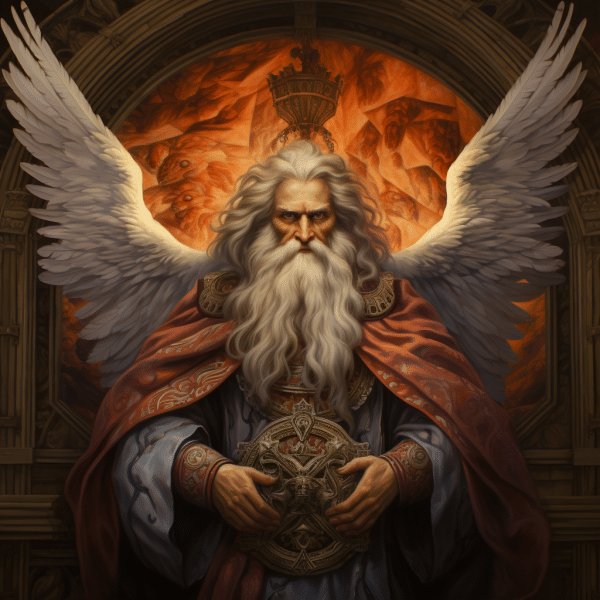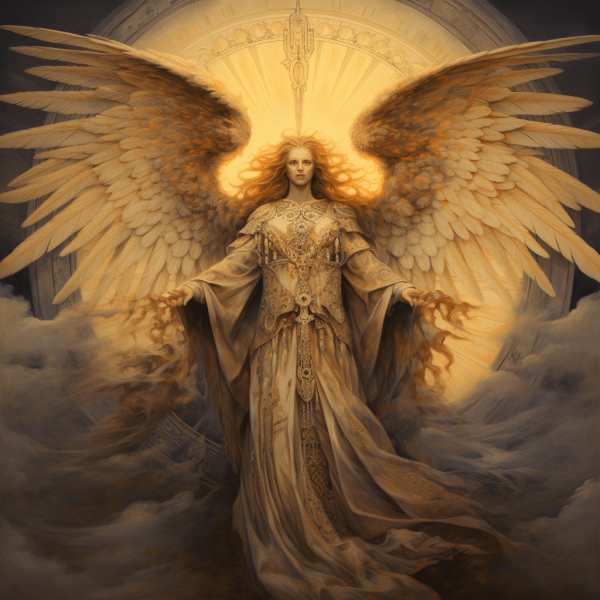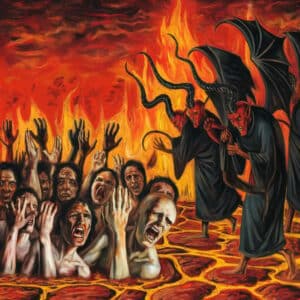
 Cherubim Seraphim In his classic work Christian doctrines Paradise Lost, John Milton wrote about “Lucifer, the Son of the Morning”—a glorious and dignified being who seemed to be one of the most powerful in all of Heaven. But what exactly was Lucifer? Was he a cherubim—the class of high-ranking angels tasked with protecting God’s throne?
Cherubim Seraphim In his classic work Christian doctrines Paradise Lost, John Milton wrote about “Lucifer, the Son of the Morning”—a glorious and dignified being who seemed to be one of the most powerful in all of Heaven. But what exactly was Lucifer? Was he a cherubim—the class of high-ranking angels tasked with protecting God’s throne?
Was Lucifer a Cherubim Seraphim?
According to scripture, Lucifer was a cherubim – an ethereal creature of divine origin that took the form of an angel with wings. Ezekiel notes him as one of the highest-ranking angels in heaven and lauds him as the “anointed cherub.” Cherubim were synonymous with guardianship and veneration of God’s heavenly throne.
Nevertheless, some Christian doctrines suggest that Lucifer had, in fact, been a fallen angel who succumbed to his own ambition for power and pride. Isaiah 14:12-15 paints a vivid image of Lucifer attempting to rise up to God’s empyreal throne and be glorified as a deity.
Furthermore, he is deemed as the “morning star,” an allusion to the planet Venus which glimmers just before dawn. This fable has been seen as a metaphor depicting Lucifer’s expulsion from Heaven, and it has immensely contributed to the perception of Lucifer as a fallen angel in some spiritual and literary works.
Are Cherubim and Archangels the Same?
The Bible speaks of Lucifer as a cherubim, a type of high-ranking angel with wings often linked to guarding God’s throne. Yet when compared to archangels, they are distinct in rank and power.
The cherubim and archangels may both be angels, yet they are not the same. The cherubim guard God’s sanctum, whereas the archangel represents ‘divine leadership’ or ‘principal angel’ Archangels are stronger angels who deliver God’s words and lead angelic hosts in combat.
Contrasting perspectives exist among spiritual traditions regarding how many cherubims and archangels exist and their respective roles. For some organizations, cherubims occupy a lower level than archangels, whereas in other orders they have an equal or greater status. Moreover, some sects single out certain angels as archangels, notably Michael and Gabriel, while others don’t. In the end, such beliefs surrounding these celestial creatures are matters of faith that fluctuate between religious groups.
Who are the Four Cherubim?
Holy writings like the Bible and Revelation mention the four cherubim cryptically. They usually have wings and guard something important. According to Ezekiel, the cherubim symbolize the four cardinal virtues of prudence, strength, fortitude, and swiftness: a man, lion, ox, and eagle. They have four wings and a brilliant light, and they can move without turning.
It appears that depending on the reference we can decipher a different role for the cherubim. In some religious traditions, they act as guardians of God’s throne, safeguarding the divine presence. Yet other interpretations may suggest that their purpose is a matter for varying beliefs rather than fact.
What is the Highest form of Angel?
Seraphim are a Celestial Hierarchy: Angels, Cherubim, and Seraphim special class of angel that is deemed to be closest to the heavens and God. The word “seraphim” derives from the Hebrew word “seraphs”, translating to “fiery one”. In the Bible, seraphim are stated to have wings in sixes and are associated with fire. Isaiah 6:3 specifically mentions that the seraphim are standing by the throne of God. Furthermore, they are believed to glorify and praise Him along with announcing His holiness throughout the world.
In several religions, these angels are connected with cleansing souls and bringing to life God’s instructions. They possess intelligence and unmatched strength while able to act quickly and nimbly. It is not difficult to understand why people revere these powerful beings with such respect.

Who is the Leader of All Angles?
We observe two archangels in the Bible, Michael and Gabriel — both portrayed as having vital responsibilities in relation to God. In denominations, opinions may differ regarding the roles and duties of angels, based on one’s beliefs.







